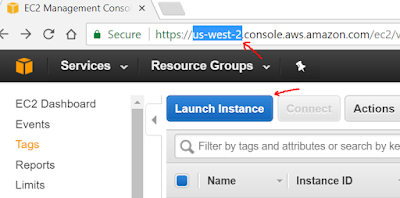MongoDB in Cloud Foundry

This is not the first time we discuss NoSQL databases in this blog. In previous posts we have seen how NoSQL databases differ from traditional SQL databases. NoSQL is a growing market forecasted to reach $5 billion this year and within that category MongoDB is the most popular and successful database. According to the latest rankings MongoDB is the 5th database most popular overall just trailing PostgreSQL and 3x more popular than other famous NoSQL databases like Redis, Cassandra and ElasticSearch. The MongoDB company itself had a successful IPO in October 2017 During our team project we decided to use MongoDB because it has a rich query language that allowed us to implement the functionality we were looking for. MongoDB stores BSON (Binary JSON) documents. This is what they look like: MongoDB is open source and its architecture allows it to scale horizontally in a load balanced fashion by adding more servers to reach very high performance. It also supports indexing for fa...
